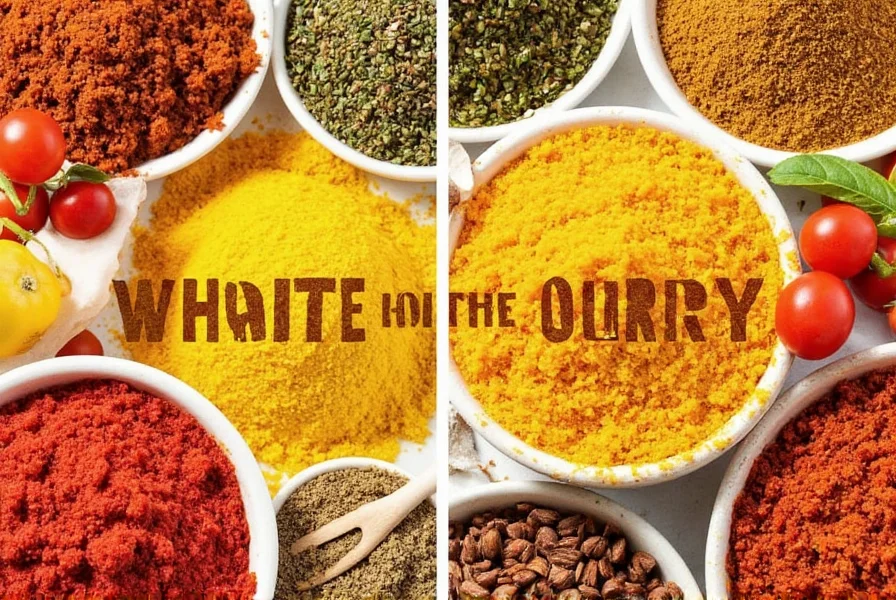Roast Beef Recipe: A Spicy Guide to Perfectly Seasoned Meat
Table of Contents
Introduction
There’s something undeniably comforting about a perfectly roasted beef. Whether it's for a holiday feast or a cozy family dinner, roast beef is a dish that brings people together. But what really elevates it from good to unforgettable? The answer lies in the spices. In this guide, we’ll walk you through the basics of spice usage for roast beef and share a foolproof recipe that will impress even the most seasoned foodies.
Spice Basics for Roast Beef
Understanding how to use spices effectively can make all the difference when it comes to cooking roast beef. Here are some key points to keep in mind:
- Choose the right balance: Too much spice can overpower the meat, while too little may leave it bland. Aim for a harmonious blend that complements the natural flavor of the beef.
- Use fresh spices: Freshly ground spices tend to have more intense flavors than pre-ground ones. Consider grinding your own if possible.
- Layer flavors: Start with a base of salt and pepper, then add other spices like garlic, rosemary, thyme, or paprika for depth.
- Don’t forget the heat: If you like a bit of kick, consider adding cayenne pepper or chili flakes to your seasoning mix.

Practical Tips for a Flavorful Roast Beef
Here are some practical tips to help you create a roast beef that’s not just delicious but also visually appealing:
- Season well in advance: Letting the spices sit on the meat for at least an hour allows them to penetrate the flesh and enhance the flavor.
- Use a meat thermometer: To avoid overcooking, use a thermometer to check the internal temperature. Rare is 120-130°F, medium-rare is 130-140°F, and well-done is 160°F and above.
- Let it rest: After roasting, let the meat rest for at least 15-20 minutes. This helps the juices redistribute, resulting in a juicier final product.
- Make a pan sauce: Use the drippings from the roast to make a rich and flavorful sauce. Add some wine, broth, and herbs for extra depth.
Buying Guide for Spice Essentials
When it comes to spices for your roast beef, choosing the right products can elevate your cooking experience. Here’s a quick guide to some must-have spices and their uses:
| Spice | Features | Advantages | Use Cases | Target Audience | Suitable Occasions |
|---|---|---|---|---|---|
| Black Pepper | Freshly ground, aromatic | Enhances natural flavors | Basic seasoning for any roast | Home cooks, professionals | Dinner parties, family meals |
| Garlic Powder | Potent, easy to use | Provides a strong savory note | Used in rubs and sauces | Chefs, amateur cooks | Holiday dinners, special occasions |
| Thyme | Earthy, slightly floral | Complements beef naturally | Used in marinades and seasoning blends | Home chefs, spice enthusiasts | Weekend lunches, casual gatherings |
| Cayenne Pepper | Spicy, intense | Adds heat and complexity | Great for bold flavor profiles | Adventurous eaters, BBQ lovers | Barbecues, spicy dishes |

The Ultimate Roast Beef Recipe
Now that you’ve got the basics down, here’s a simple yet incredibly flavorful roast beef recipe that’s perfect for any occasion:
Ingredients:
- 3-4 lb (1.4-1.8 kg) beef roast (chuck or rump)
- 1 tbsp olive oil
- 2 tsp coarse black pepper
- 1 tsp garlic powder
- 1 tsp dried thyme
- 1 tsp smoked paprika
- 1/2 tsp cayenne pepper (optional)
- 1 cup beef broth
- 1/2 cup red wine (optional)
Instructions:
- Preheat your oven to 325°F (160°C).
- Heat the olive oil in a large oven-safe skillet over medium-high heat.
- Season the beef generously with black pepper, garlic powder, thyme, paprika, and cayenne pepper (if using).
- Place the beef in the skillet and sear on all sides until browned (about 3-4 minutes per side).
- Transfer the skillet to the oven and roast for about 1 hour, or until the internal temperature reaches your desired doneness.
- Remove the beef from the oven and let it rest for 15-20 minutes.
- While the beef rests, pour the beef broth and red wine into the skillet and simmer over low heat for 10-15 minutes to create a rich pan sauce.
- Slice the beef and serve with the sauce, mashed potatoes, and steamed vegetables.
Conclusion
Mastering the art of seasoning roast beef is all about understanding the role of spices and using them wisely. With the right combination of herbs, salts, and heat, you can transform a simple cut of meat into a culinary masterpiece. Whether you're a seasoned chef or a home cook, this roast beef recipe is sure to impress. Remember, the key to great roast beef lies not just in the meat itself, but in the care and creativity you put into the seasonings. So go ahead—experiment, taste, and enjoy the journey!










 浙公网安备
33010002000092号
浙公网安备
33010002000092号 浙B2-20120091-4
浙B2-20120091-4